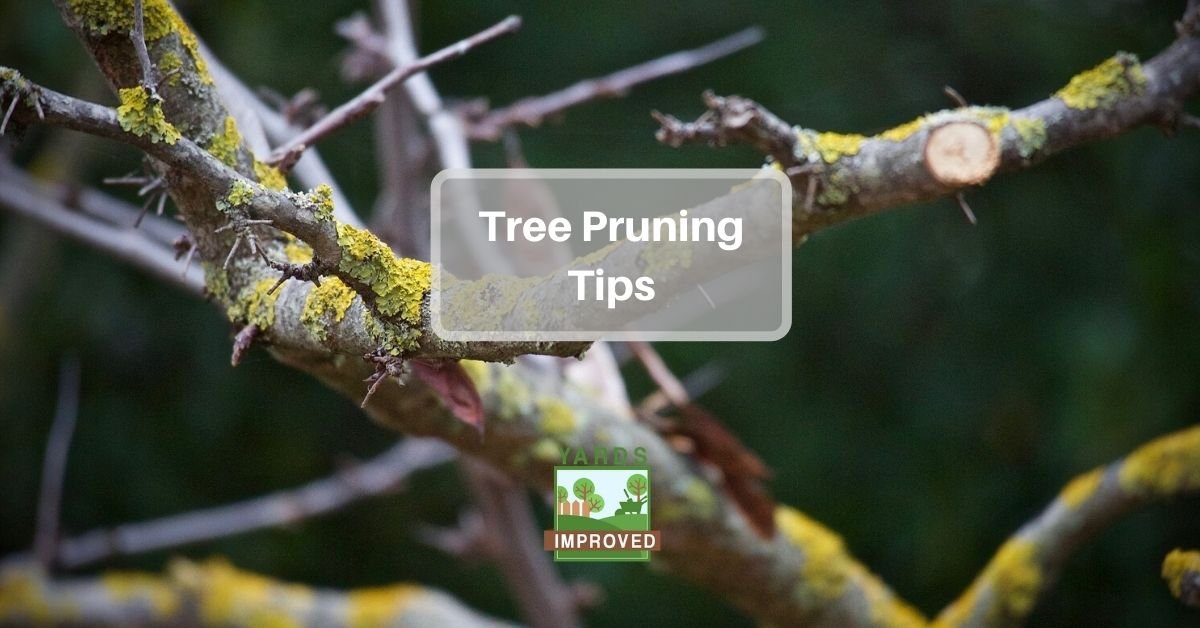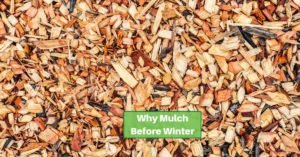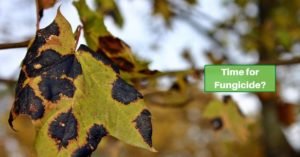Trees look wonderful in a yard! But sometimes they need a bit of TLC, too. By pruning your tree regularly, you can help it stay healthy and grow strong for decades.
Why Prune Your Trees
There are various reasons that you should prune your trees. Here are just a few:
Tree health. Even an otherwise healthy tree will have diseased or dead branches at times. Getting rid of these branches prevents the disease from spreading to healthy areas. It also helps the tree channel nutrients to areas that need it.
Safety. Sometimes, trees may grow into potentially risky positions or sizes. Large branches may hang over part of the house. Or the tree may grow toward overhead power lines. Pruning them back helps keep them from causing harm. You might also have to remove low branches that obstruct pathways.
Structure. At times, tree branches may grow in awkward positions. The branch itself may be healthy, but it might choke off light and air from other parts of the tree. Removing these branches can help the rest of the tree grow better and stronger.
Beauty. In addition to providing structure, pruning can help remove surplus growth and train a young tree. Some growth may prevent the tree from filling out properly. Cutting back this excess growth or parts of the tree can help it look better over time.
More Fruit and Flowers. If your tree bears fruit or flowers, keeping it pruned can lead to better production. Since less energy will be devoted to new branch growth, the tree can spend more on the flowers and fruit.
When To Prune
The best season to prune trees is when they go into a dormant stage. For most trees, this is in the late fall or early winter. Fruit-bearing or flowering trees shouldn’t be pruned until after the last harvest of the year.
However, it’s never bad to get rid of dead or diseased parts of the tree. This can be done at any time. The benefits of removing these parts far outweigh any shock that the tree could experience from pruning.
Many people ask if you should seal the tree where you cut it. That’s discouraged! Find out why.
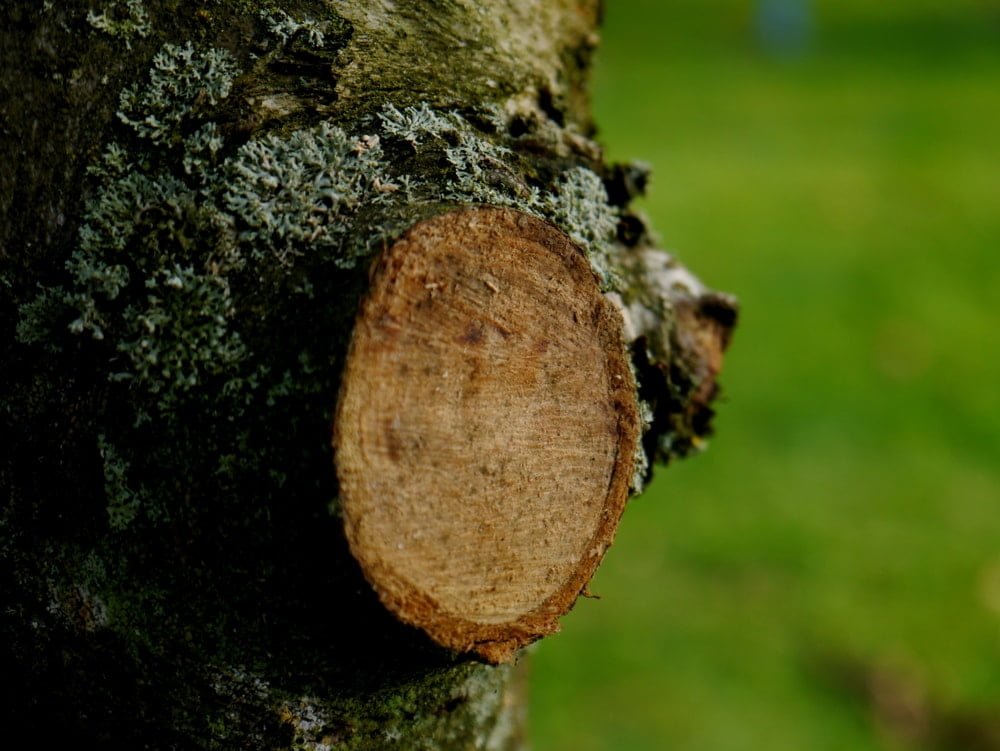
Tools You’ll Need
There are a couple of tools you’ll need to get your pruning done effectively. You probably won’t need every tool listed here for every pruning job, though. It will depend on the type of pruning and the size of the branches that you’re working on.
For the health of the tree, remember to sharpen your tools regularly. It makes it easier to cut and leaves a smoother edge. That will help the tree heal better.
- Work gloves
- Protective eyewear
- Pruners – for twigs and smaller branches up to about ¾ inch thick.
- Pole saw – for places you can’t reach otherwise.
- Loppers – a good set of loppers will help you cut branches up to about 1.5 inches across.
- Tree saw – a bow saw can help you get through any branch.
- Chainsaw – if you’ll be cutting larger branches, this can help the work go faster!
How To Prune Your Trees
Pruning calls for carefully choosing what to cut, where to cut it, and how it should be cut.
If you have branches that reach among electrical, phone, or cable lines, call your utility company. Unless you are trained and have the proper equipment, trying to cut these branches is dangerous to you. Knocking out your internet or electric service is a risk. But so is deadly electrocution.
Try to visualize the main structure of the tree. This might be hard while it’s full of leaves and you might have to walk around it a bit to get a good idea of where the main branches are. Only remove these main branches if really necessary – for instance, they stretch over the house or block a walkway.
As we mentioned, it’s always ok to remove dead or diseased branches. Be sure to look closely, though, to make sure they aren’t just “late bloomers.”
There are a couple of types of branches you can focus on for removal. Suckers are new stalks that grow right from the roots. These can be cut off as low as possible. Hanging branches – decent- sized ones that hang down from the bottom of other branches – should also be cut off. The same goes for water sprouts, which are vertical branches that grow upward from other branches.
Only prune what’s necessary. Focus on areas where there are too many branches competing for space. If several branches sprout off at one point, eliminate those that seem smaller or weaker so that the stronger one gets enough resources.
Prefer to hire a tree service? Here’s what to look for
Cutting Through
Don’t simply start cutting along random places on the tree branches. It’s important to know where to cut so that the structure remains strong and the tree can heal itself.
You want to cut as close as possible to a main branch as opposed to in the middle of a branch.
If you’re using a saw, it’s often best to do this in two cuts. The first can be a few inches from the main branch. This can help prevent the weight of the one you’re cutting from tearing the main branch when it falls. Starting the cut from the bottom before moving to the top will also help prevent that kind of tearing.
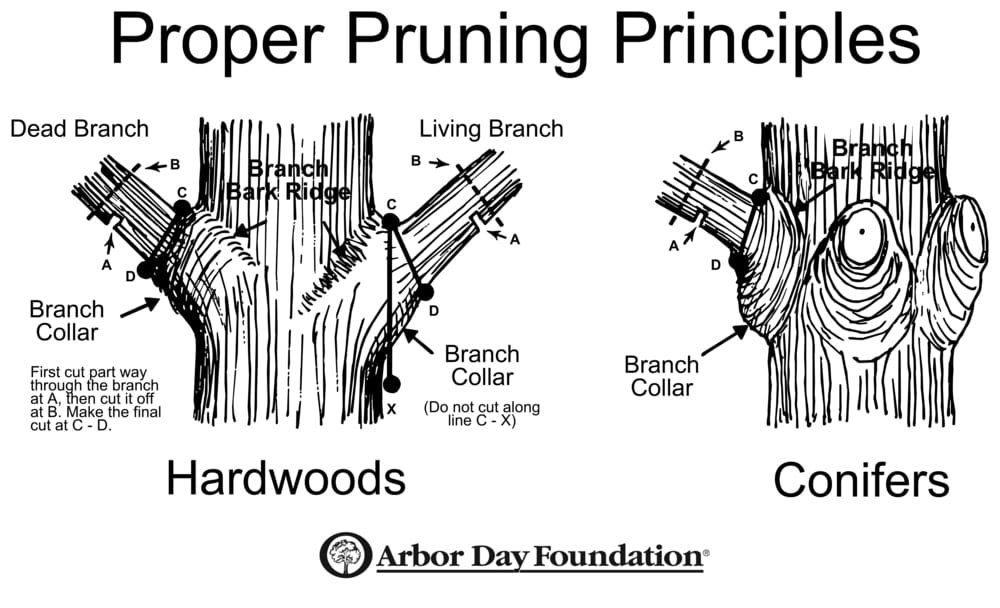
A second cut should be closer to the main branch. There are a few things to keep in mind:
- Cut at a 45° angle. This helps the tree heal better and prevents water from pooling on the surface.
- Cut close to but not through the “branch collar.” This is the swollen area at the base of the branch you’re cutting. The tree needs this to repair itself.
- Don’t seal or cover the cut. This isn’t a common practice anymore and can do more harm than good. Leaving the cut exposed to air is the best practice.
Conclusion
Tree pruning is important to help keep your tree healthy. It also can prevent damage to your home or utility lines. Of course, it can add to the beauty of the tree as well. However, it’s important to do it right so the tree continues to grow strong and look great for the long haul!

